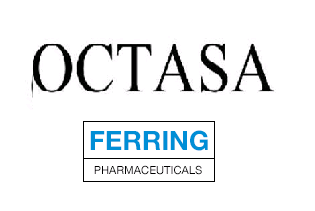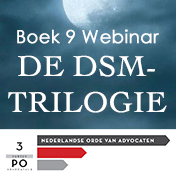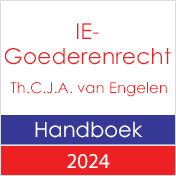Visuele en auditieve overeenstemming tussen woordmerken "OCTASA" enerzijds en "PENTASA" en "OCTOSTIM" anderzijds
15-04-2014 Print this page Gemeenschapsmerk – Beroep door de houder van de nationale woordmerken „PENTASA” en „OCTOSTIM”, voor waren van klasse 5, strekkende tot vernietiging van beslissing R 1214/20114 van de vierde kamer van beroep van het BHIM, houdende verwerping van het door verzoekster ingestelde beroep tegen de beslissing van de oppositieafdeling waarbij de door verzoekster ingestelde oppositie tegen de aanvraag tot inschrijving van het woordmerk „OCTASA”, voor waren van klasse 5, is afgewezen.
Gemeenschapsmerk – Beroep door de houder van de nationale woordmerken „PENTASA” en „OCTOSTIM”, voor waren van klasse 5, strekkende tot vernietiging van beslissing R 1214/20114 van de vierde kamer van beroep van het BHIM, houdende verwerping van het door verzoekster ingestelde beroep tegen de beslissing van de oppositieafdeling waarbij de door verzoekster ingestelde oppositie tegen de aanvraag tot inschrijving van het woordmerk „OCTASA”, voor waren van klasse 5, is afgewezen.
Het beroep wordt toegewezen en de bestreden beslissing wordt vernietigd. Het BHIM heeft onterecht geoordeeld dat er geen overeenstemming is tussen de betrokken merken. Voor een aanzienlijk deel van het relevante publiek zal er een zekere mate van visuele en auditieve overeenstemming tussen de betreffende tekens zijn. Dit is voldoende om aan te nemen dat er sprake is van overeenstemmende tekens.
68 It is important to bear in mind the case-law referred to in paragraph 21 above, pursuant to which, in order to find that there exists a likelihood of confusion for the purposes of Article 8(1)(b) of Regulation No 207/2009, it is not necessary to find that the likelihood exists for the whole of the relevant public. It is sufficient if it exists for a significant part of that public.
69 In the present case, the end-users for whom there exists a certain degree of visual and phonetic similarity between the signs at issue constitute a significant part of the relevant public. For that part of the public, either the conceptual comparison is neutral, or there is a weak conceptual similarity between those signs. The Board of Appeal therefore erred in a manner liable to entail the annulment of the contested decision by finding that the signs at issue were dissimilar, by holding that, as a result, one of the necessary conditions for finding that there is a likelihood of confusion had not been met, and by refraining from carrying out a global assessment of the likelihood of confusion, taking into account all factors relevant to the circumstances of the case. There is, accordingly, no need to rule on the question whether the Board of Appeal’s conclusion that the suffix ‘asa’ is descriptive and that there is no similarity between the signs at issue is correct with regard to medical professionals. Consequently, the first plea in law must be upheld and the contested decision must be annulled on the basis of that plea, without there being any need to examine the other arguments and pleas in law raised by the applicant.
Lees het arrest hier.


























































